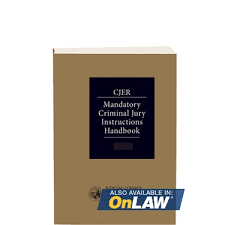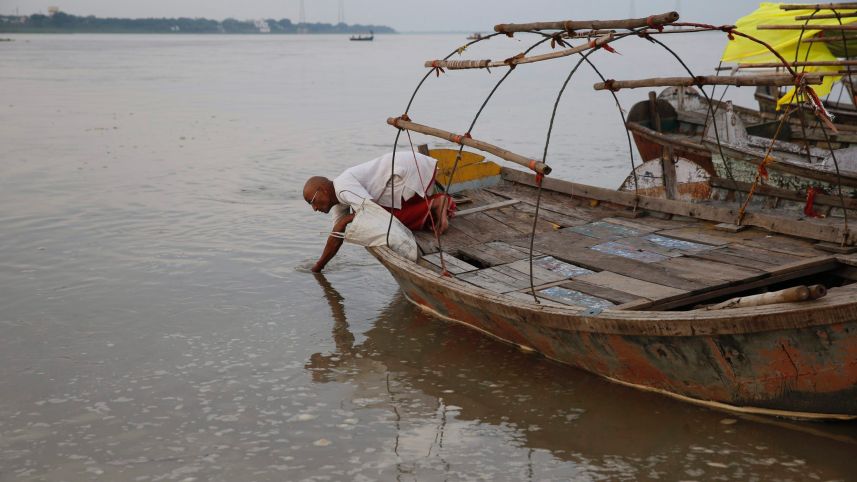|
Having earned his JD from the University of California, Berkeley, former judge Paul Seeman served on the Alameda County Superior Court. As a commissioner and then judge, Paul Seeman served as chair of the county’s collaborative juvenile court, and was a member of the Judicial Council Task Force for Criminal Justice Collaboration on Mental Health Issues.
Mental health occupies a prevalent position in criminal justice conversations. Mental Health America notes that the vast majority of youth in the juvenile system have mental health conditions and histories of traumatic incidents. The National Alliance on Mental Illness notes that such people are more likely to face police than to get medical help. As a result, many young people end up in the juvenile justice system when early mental health intervention could have prevented it. Steps that can be taken to reduce the number of youth with mental illness in the juvenile system include: -Training criminal justice agents, including police, on how to respond to incidents involving people with mental health issues. Specifically, they need to learn how to identify these youth and how to de-escalate crisis situations. -Promoting pretrial diversion. These are legal channels that keep children with mental health issues out of the criminal justice system by enrolling them into evidence-based treatment programs. -Encouraging pre-contact early intervention. Instead of waiting for incidents to occur, authorities can proactively work with school staff and community personnel to identify children with mental health issues and take appropriate treatment measures early.
0 Comments
Paul Seeman served the Alameda County Superior Court as a judge from 2009 to 2013. A former judge and trial lawyer, Paul Seeman has extensive experience in the law, especially juvenile law.
The first juvenile court was established in Cook County, Illinois, in 1899, on the theory that juveniles should be dealt with differently than adult offenders. The separate juvenile justice system that evolved over the next century was premised in the belief that children are less responsible, or blameworthy, and with their youth, are more susceptible to rehabilitation and reform. In its early stages, the process was quite informal – the judge and the youth offender engaged in a closed-door conversation without legal representation on the part of the child. Instead of being incarcerated, these youth generally went through a process of probation and were provided with rehabilitation services. This lack of legal formalities, eventually came to be seen as the denial of legal rights, and in 1967 Supreme Court in the landmark Gault case held that juveniles in the delinquency process are entitled to some of the same due process as adults, including competent representation. Not all adult rights apply, however - most notably, and controversially, there is no right to a jury trial in juvenile proceedings. Today, rehabilitation still remains the primary goal in dealing with youthful offenders, and the original sense of informality remains in collaborative and restorative justice projects around the country.  Paul Seeman spent more than 30 years as an attorney and judge in California, including four as a judge in Alameda County Superior Court. Over the course of his law career, Paul Seeman participated with multiple national and state organizations, including the California Center for Judicial Education and Research. The California Center for Judicial Education and Research (CJER) functions as an online educational and professional resource for the state’s judicial workforce. The CJER website maintains useful information from archived CJER publications and video lectures to webinars and online courses designed to expand legal knowledge. The organization provides training in leadership and court staff education as well as judicial and executive education. Leadership and court staff education opportunities vary from appellate court training to human resources (HR) education. CJER also publishes content relevant to leadership and court staff concerns, such as the video, “Probate Investigations: An Overview for Clerks.” Judicial and executive education, meanwhile, is provided through the CJER Online Judicial Resources Network.  A former Superior Court judge based in Oakland, California, Paul Seeman served as the chairman of the Alameda County Collaborative Juvenile Court. Leveraging his background in juvenile cases, Paul Seeman presided over numerous dependency and delinquency hearings. The US Constitution has established certain rights that juveniles are entitled to in the course of delinquency proceedings, many of which have been upheld by the US Supreme Court. Here are just a few: Probable cause needs to be established before a minor can be arrested or searched. Police officers cannot arrest or search a minor suspected of committing a criminal offense until probable cause has been demonstrated. However, a minor can be temporarily detained or searched by persons with quasi-parental relationships, such as teachers, on reasonable suspicion of committing a criminal offense. Minors in custody have the right to a phone call. They can call their parents, guardians, or an attorney. Minors have the right to representation by an attorney. If minors cannot afford one, an attorney appointed by the state should represent them. They also have the right to be informed of the charges against them and cannot be compelled to give evidence against themselves.  Paul Seeman, a former judge at the Alameda County Superior Court, practiced law for over 20 years. During that time, Paul Seeman was involved in environmental law projects that included working with the Sankat Mochan Foundation, an agency involved in cleaning up the Ganges (Ganga) River in Benares (modern-day Varanasi), India. Spanning 11 states, the Ganga River Basin is home to more than 600 million Indians, and although the Ganga is recognized as the holiest river in India, human and industrial waste have heavily polluted the waterway. The National Ganga River Basin Project represents a $1 billion dollar project with the goal of cleaning up this life-giving waterway. In Uttar Pradesh, the most populous state in India, clean-up efforts are being focused on the cities and towns that lie directly along the Ganga, where pollution is the most significant. Money is being invested in multiple waste-treatment plants and the construction of major sewerage networks that will serve the area’s growing population. |
AuthorIn addition to his practice, Seeman also served on the board of directors of a number of non-profit organizations, including the Alameda County Court-Appointed Special Advocates Program and the Donald P. McCullum Youth Court. ArchivesCategories |
 RSS Feed
RSS Feed
